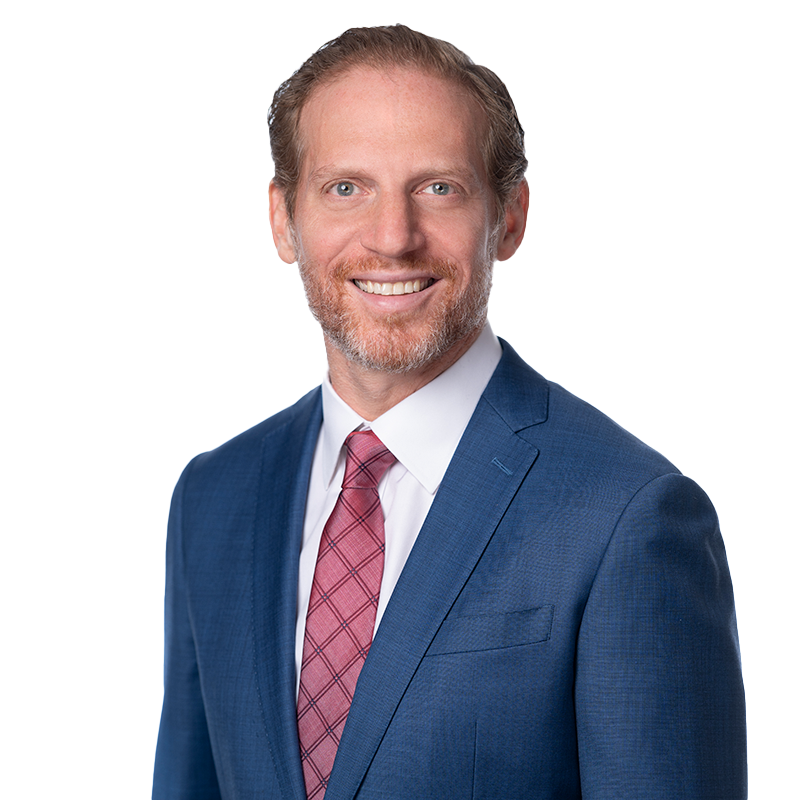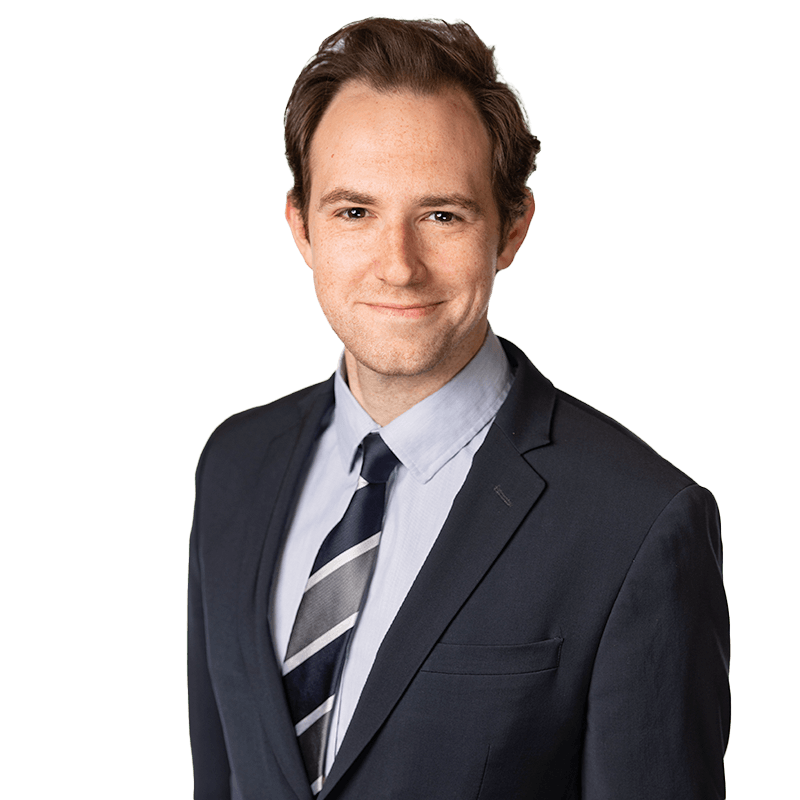April 13, 2020
On April 9, 2020, the Federal Reserve announced that it will make up to $2.3 trillion in funds available to support businesses and local governments through its Main Street Lending Program (the “Program”). The Program dedicates a portion of those funds to provide financial assistance for small and mid-size businesses impacted by the COVID-19 pandemic that are too small for other Federal Reserve programs, which are primarily geared towards large businesses, and that may not qualify for the Paycheck Protection Program established under the CARES Act.
While additional guidance on the Program is forthcoming, the following is a summary of the Program’s loan program that is being made available to small and medium-size businesses.
The Main Street Lending Program
The Program consists of two facilities: (1) the “Main Street New Loan Facility” (“New Loan Facility”); and (2) the “Main Street Expanded Loan Facility” (“Expanded Loan Facility”).
In order to be eligible for a Main Street Loan, a borrower:
(1) must have no more than 10,000 employees or no more than $2.5 billion in 2019 annual revenue; and
(2) must be a United States-domestic organization with significant operations and a majority of its employees based in the United Sates.
Loans made under the New Loan Facility, which are unsecured, will consist of a minimum amount of $1 million with a four-year term, with a variable interest rate of the Secured Overnight Financing Rate (“SOFR”) plus 250 – 400 basis points. The maximum New Loan Facility loan size will be the lesser of (i) $25 million; or (ii) an amount, when added to a borrower’s existing and undrawn debt, does not exceed four times the borrower’s 2019 earnings before interest, taxes, depreciation, and amortization (“EBITDA”). Principal and interest payments will be deferred for one year. Prepayment is permitted without penalty.
Borrowers with certain types of existing qualifying loans may be eligible to increase those loans by utilizing the Expanded Loan Facility. The Expanded Loan Facility, which will be secured if the existing loan is secured, permits eligible loans to be expanded to the least of (i) $150 million, (ii) 30% of the eligible borrower's existing and undrawn debt, or (iii) an amount that, when added to the eligible borrower's existing and undrawn debt, does not exceed six times the eligible borrower's 2019 EBITDA. Expanded Loan Facility loans will also be subject to a four-year term with a variable interest rate of the SOFR plus 250 – 400 basis points. Borrowers may also prepay these loans without penalty.
Borrowers that obtained a loan through the Paycheck Protection Program may also apply for Main Street loans.
The Federal Reserve will not be making direct loans under the Program, but will purchase 95% of loans made by eligible lenders, with eligible lenders being required to retain the remaining 5%. Borrowers should accordingly apply for loans directly from eligible lenders. Eligible lenders consist of United States insured depository institutions, United States bank holding companies, and United States savings and loan companies. Eligible lenders must certify that proceeds of loans made under either Facility will not be used to repay or refinance pre-existing loans or lines of credit made by the lender to the borrower and that the lender will not cancel or reduce any existing lines of credit available to the borrower. Lenders may charge loan participation fees for New Loan Facility loans, as well as origination and servicing fees for New Loan Facility and Existing Loan Facility Loans.
Eligible borrowers are subject to a number of requirements as a condition to obtaining a loan through the Program. Specifically, a borrower:
(i) is prohibited from using loan proceeds to repay other loan balances; and
(ii) must refrain from repaying other debt of equal or lower priority (except for mandatory principal payments) until the loan is paid in full.
Furthermore, eligible borrowers must certify as to the following when applying for a loan:
(i) that it is applying for a loan due to a financial exigency caused by the COVID-19 pandemic;
(ii) that it will use reasonable efforts to maintain payroll and retain workers with the loan funds;
(iii) that it meets the EBITDA condition described above; and
(iv) that it will comply with compensation, stock repurchase, and dividend restrictions associated with loan programs established under the CARES Act. These restrictions prohibit borrowers from taking any of the following actions until twelve months after the date on which the loan is no longer outstanding:
(a) Pay dividends or make other capital distributions with respect to common stock;
(b) Engage in stock repurchases (except to the extent required under an existing contract); nor
(c) With respect to any employee who was compensated more than $425,000 in 2019, increase compensation payable to that person from their 2019 salary, nor pay severance greater than twice that employee’s 2019 compensation.
Additionally, both eligible borrowers and eligible lenders must certify that the borrower is eligible to obtain a loan under the Program, including with respect to conflict of interest prohibitions regarding the interests of certain political officials and their respective families in the business as set forth in the CARES Act.
Eligible lenders are expected to begin processing loans under the Program in the next two to three weeks. Additional guidance is expected in the coming days and weeks regarding specific details of the program and loan application process.



